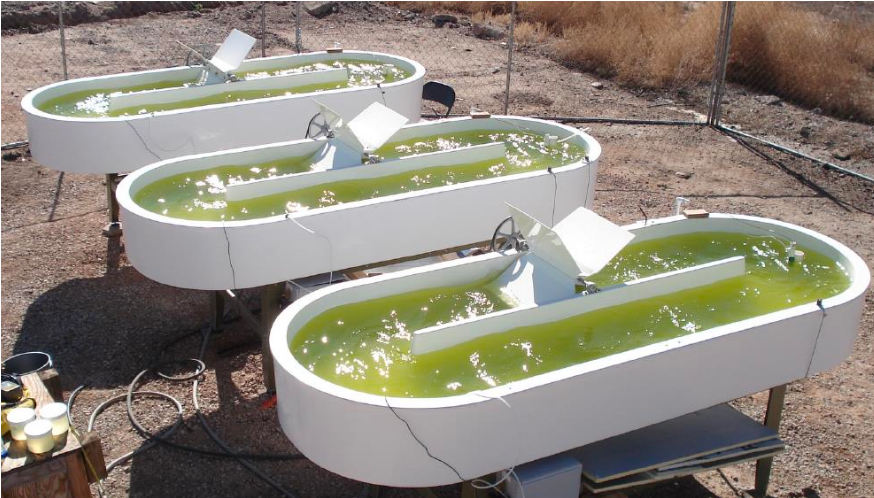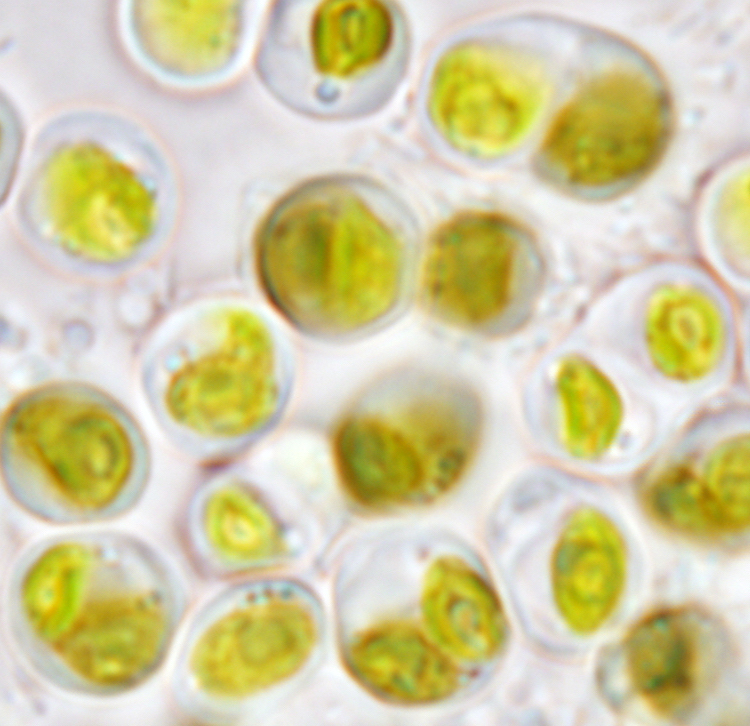

The Chlorella sorokiniana DOE1412 genome sequence and gene models have not been determined by the JGI, but were downloaded from the Los Alamos National Laboratory (LANL) Greenhouse portal on October 31, 2019. Please note that this copy of the genome is not maintained by LANL and is therefore not automatically updated. In order to allow comparative analyses with other algal genomes sequenced by the JGI, a copy of this genome is incorporated into PhycoCosm. The JGI Annotation Pipeline was used to add functional annotation to this genome.
Chlorella sorokiniana DOE1412 (=UTEX B 3016) belongs to the class of the Trebouxiophyceae within the phylum of the green algae. It thrives in fresh water and is of interest for studies on lipid production. This strain of C. sorokiniana had originally been isolated as a contaminant of another green algal culture in the Polle laboratory at Brooklyn College of the City University of New York during the National Alliance for Advanced Biofuels and Bioproducts (NAABB) project and it was originally described by Neofotis et al. (2016). The strain performed well in initial studies under a variety of conditions and it became a new potential platform as a feedstock for production of biofuels (Lammers et al., 2017). Later pond infections with the predator bacterium Vampirovibrio chlorellavorus limited further outdoor cultivation of DOE1412 (Park et al., 2019). However, strain DOE1412 is now a model for studies of algal host-pathogen interactions. Note that the strain can be obtained from the UTEX culture collection.
Genome Reference(s)
Hovde Blake T., Hanschen Erik R., Steadman Tyler Christina R., Lo Chien-Chi, Kunde Yuliya, Davenport Karen, Daligault Hajnalka, Msanne Joseph, Canny Stephanie, Eyun Seong-il, Riethoven Jean-Jack M., Polle Juergen, Starkenburg Shawn R.
Genomic characterization reveals significant divergence within Chlorella sorokiniana (Chlorellales, Trebouxiophyceae)
Algal Research. 2018;35:449-461. doi: 10.1016/j.algal.2018.09.012
References:
- Lammers P.J., Huesemann M., Boeing W., Anderson D.B., Arnold R.G., Bai X., Bhole M., (...), Olivares J.A. (2017) Review of the cultivation program within the National Alliance for Advanced Biofuels and Bioproducts. Algal Research, 22:166-186.
- Neofotis P., Huang A., Sury K., Chang W., Joseph F., Gabr A., Twary S., (...), Polle J.E.W. (2016) Characterization and classification of highly productive microalgae strains discovered for biofuel and bioproduct generation. Algal Research, 15:164-178.
- Park S.-H., Steichen S.A., Li X., Ogden K., Brown J.K. (2019) Association of Vampirovibrio chlorellavorus with decline and death of Chlorella sorokiniana in outdoor reactors. Journal of Applied Phycology, 31 (2):1131-1142.
